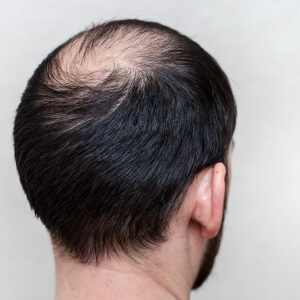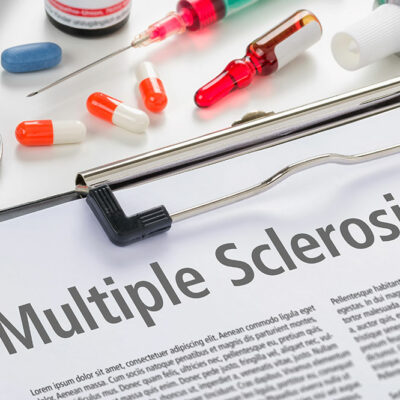6 car-driving mistakes to avoid

Most on-road driving accidents occur due to human error, which implies that they can be avoided by being more careful and precise. However, some people believe they can’t make any mistakes and credit their years of driving experience for their expertise. Although this may be a testament to their driving skills, it’s important to acknowledge that accidents can happen to anyone, and adopting a cautious approach can help prevent them. Here are common car-driving mistakes to avoid.
Driving at an u ncontrollable speed
One of the immense joys of driving is handling a magnificent machine with ease. However, some drivers often make the common mistake of driving unsafely to make the most of this joy. Driving at speeds that aren’t easily controllable can land you in trouble. It is important to drive the vehicle based on the type of road, weather, traffic, and lighting conditions around you.
Not sticking to a lane
It’s important to avoid repeatedly drifting in and out of lanes while driving. Many drivers accidentally cross the lane markings into the adjacent lane, leading to various accidents. This could be due to a lack of attention, confusion about positioning, timing, or lack of experience. No matter the reason, it’s a common mistake that can result in car collisions. To change lanes safely, turn on your indicator light, check your mirrors for surrounding vehicles, and double-check your blind spots. Look for a suitable gap, adjust your speed accordingly, and smoothly shift into the new lane.
Skipping indicators
It is crucial to use indicators while driving as it promotes safety for yourself and others on the road. Plus, turning them on when turning or changing lanes is the proper driving etiquette. It allows other drivers to choose their direction, speed, and timing accordingly to maintain road safety. Failure to use indicators can result in accidents. It is, therefore, important to turn the indicators on and off in time to let other drivers know of the changes.
Not stopping for pedestrians
Many drivers make the common mistake of not stopping at pedestrian crossings. This could be because there was no one to cross the street when the lights had turned red. However, with the traffic lights signaling otherwise, drivers must stay in their place to avoid mishaps. Some countries even penalize drivers heavily if they choose not to stop for people at the zebra crossing.
Poor seating position
Although comfort is important while driving, it’s crucial to avoid getting too comfortable. Certain positions may hinder your control and reach of the car’s various controls. Being excessively comfortable can also put you in a state of reduced awareness, making it difficult to drive safely and make timely decisions. It’s recommended to sit upright with both hands on the wheel to maintain alertness and presence of mind while driving.
Conversing and driving
Modern vehicles now have improved technology integration compared to the past. As a result, you can engage in important conversations while keeping both hands in the appropriate driving position. Nonetheless, this may not guarantee your complete focus on driving and can lead to risky situations. Your attention on the conversation could affect your reaction time to the environment around you.










